Influence of feeding Mediterranean food industry by-products and forages to Awassi sheep on physicochemical properties of milk, yoghurt and cheese

Authors:
Feeding agro-industrial by-products and unconventional forages, rich in potentially anti-nutritional factors, may influence the quality of the raw milk and the dairy products prepared therefrom. The aim of the present study was to determine side-effects on physicochemical properties of milk, yoghurt and cheese of feeding diets where one third were feeds either rich in lipids (tomato pomace and olive cake) or phenols (olive leaves and lentil straw) or electrolytes (Atriplex leaves). The diets, including a control diet, were designed to be isoenergetic and isonitrogenous. They were fed in amounts of 2·5 kg dry matter/day per head during 50 days to 6×10 multiparous fat-tailed Awassi ewes. Milk samples were analysed for various physicochemical traits and fatty acid composition on days 0, 24, 36 and 48. Three times, milk pooled by group was processed to yoghurt and non-aged farmer-type cheese, which were analysed for their gross and fatty acid composition and texture, and were subjected to sensory evaluation. Feeding olive cake and tomato pomace reduced milk casein, but increased proportions of monounsaturated fatty acids. There were some variations in minerals among test diets but, contrary to expectations, Atriplex did not increase milk sodium. The nutritional composition of yoghurt and cheese was not varied much by the test feeds, except for some changes in fatty acid profile similar to the milk. Yoghurt firmness declined with all test diets, but texture score tended to be lower only for olive cake and leaf diets relative to control. Cheese firmness was increased by feeding the Atriplex leaf and olive cake diets which was also reflected in the texture scores. No off-flavours were reported. Possible reasons for effects on the dairy products are discussed. In conclusion, the feeds investigated had certain effects on the physicochemical properties of dairy products, but these were neither very systematic nor large thus not prohibiting their use in Mediterranean sheep milk production systems.
